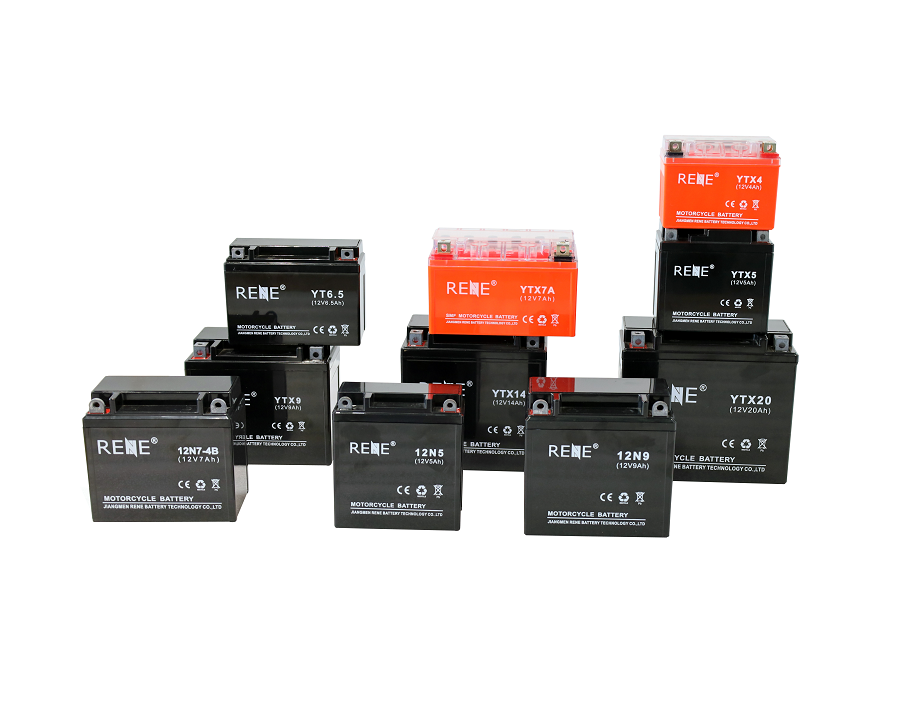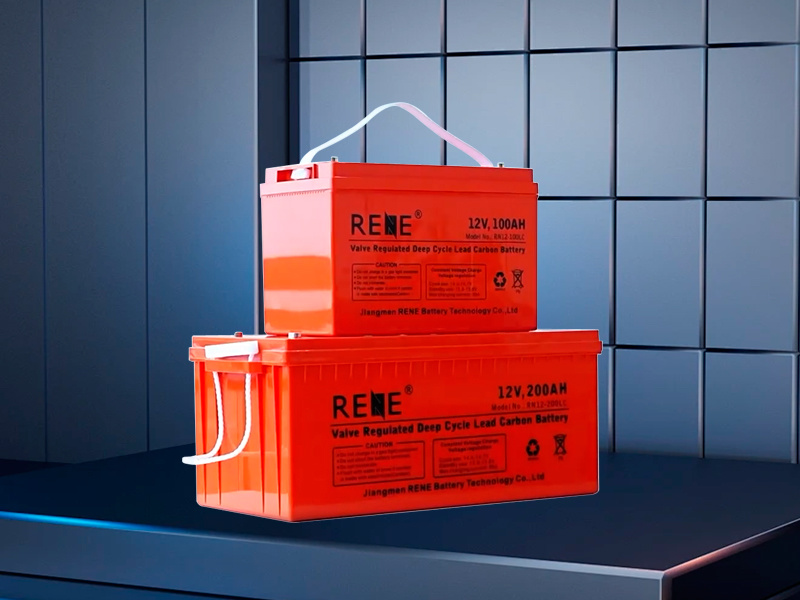Jiangmen Rene Battery Technology Co., Ltd.
Understanding Off-Grid Solar Battery Banks: The Key to Energy Independence
2025-04-15
Off-grid solar battery banks are systems that store energy generated by solar panels for use when the sun isn’t shining. This capability makes them a critical component for anyone looking to live off the grid or reduce reliance on conventional power sources. Understanding how these systems work can help you make informed decisions about your energy needs. At the core of an off-grid solar system is

Off-grid solar battery banks are systems that store energy generated by solar panels for use when the sun isn’t shining. This capability makes them a critical component for anyone looking to live off the grid or reduce reliance on conventional power sources. Understanding how these systems work can help you make informed decisions about your energy needs.
At the core of an off-grid solar system is the solar panel, which converts sunlight into electricity. This electricity is then used to charge a battery bank which stores the energy for later use. Solar battery banks come in various types, including lead-acid, lithium-ion, and flow batteries, each with its advantages and disadvantages. Lead-acid batteries are typically more affordable but have a shorter lifespan and lower depth of discharge compared to lithium-ion batteries, which are more efficient and have a longer lifespan. Flow batteries, while less common, offer unique benefits in scalability and longevity.
One of the primary advantages of using an off-grid solar battery bank is energy independence. By storing solar energy, you can power your home, appliances, and electronics without relying on the grid. This is particularly beneficial for remote locations where traditional power lines may be unavailable or unreliable. Additionally, with the increasing costs and unpredictability of energy prices, having a solar battery bank can provide financial relief in the long run.
When considering an off-grid solar battery bank, it’s essential to assess your energy requirements. This involves calculating your daily energy consumption and determining the appropriate size and type of battery bank needed to meet those needs. Additionally, factors such as the average sunlight hours in your area, the efficiency of your solar panels, and your budget will influence your decision.
Installation and maintenance are also crucial elements to consider. While some people may choose to install the system themselves, hiring a professional can ensure that the system is set up correctly and operates efficiently. Regular maintenance checks are necessary to prolong the life of the batteries and ensure that your system operates at peak efficiency.
In conclusion, off-grid solar battery banks offer a viable solution for those seeking to harness renewable energy and achieve energy independence. By understanding how these systems work and what to consider when planning your setup, you can take significant steps toward a sustainable energy future. Whether for a remote home, a cabin, or simply as a backup power source, investing in an off-grid solar battery bank can be a transformative decision for your energy needs.
At the core of an off-grid solar system is the solar panel, which converts sunlight into electricity. This electricity is then used to charge a battery bank which stores the energy for later use. Solar battery banks come in various types, including lead-acid, lithium-ion, and flow batteries, each with its advantages and disadvantages. Lead-acid batteries are typically more affordable but have a shorter lifespan and lower depth of discharge compared to lithium-ion batteries, which are more efficient and have a longer lifespan. Flow batteries, while less common, offer unique benefits in scalability and longevity.
One of the primary advantages of using an off-grid solar battery bank is energy independence. By storing solar energy, you can power your home, appliances, and electronics without relying on the grid. This is particularly beneficial for remote locations where traditional power lines may be unavailable or unreliable. Additionally, with the increasing costs and unpredictability of energy prices, having a solar battery bank can provide financial relief in the long run.
When considering an off-grid solar battery bank, it’s essential to assess your energy requirements. This involves calculating your daily energy consumption and determining the appropriate size and type of battery bank needed to meet those needs. Additionally, factors such as the average sunlight hours in your area, the efficiency of your solar panels, and your budget will influence your decision.
Installation and maintenance are also crucial elements to consider. While some people may choose to install the system themselves, hiring a professional can ensure that the system is set up correctly and operates efficiently. Regular maintenance checks are necessary to prolong the life of the batteries and ensure that your system operates at peak efficiency.
In conclusion, off-grid solar battery banks offer a viable solution for those seeking to harness renewable energy and achieve energy independence. By understanding how these systems work and what to consider when planning your setup, you can take significant steps toward a sustainable energy future. Whether for a remote home, a cabin, or simply as a backup power source, investing in an off-grid solar battery bank can be a transformative decision for your energy needs.
Key words:














